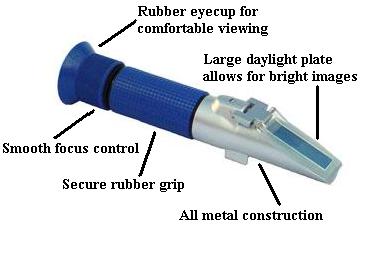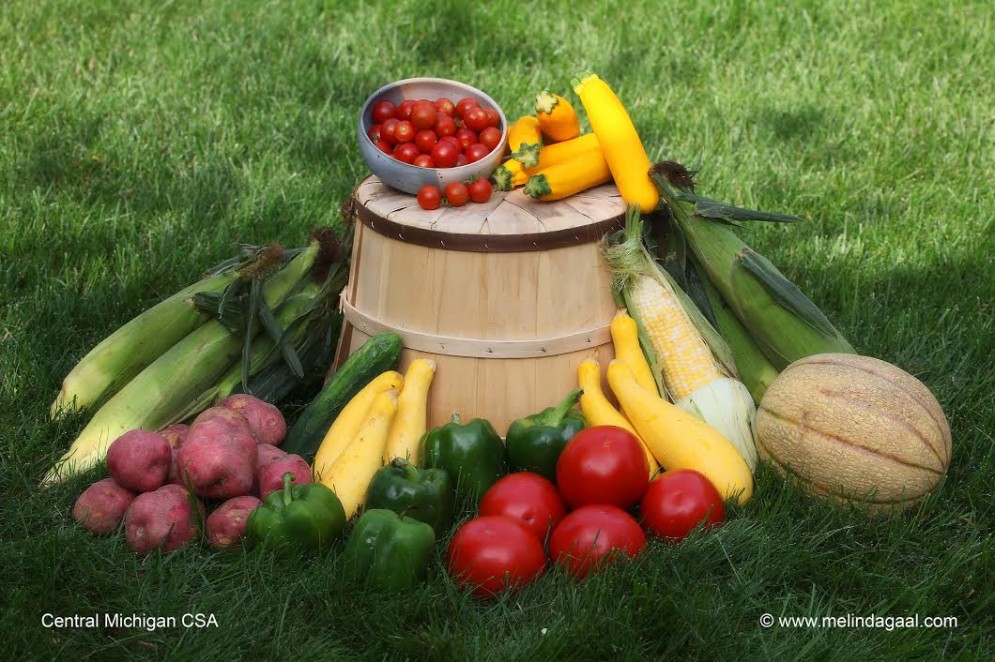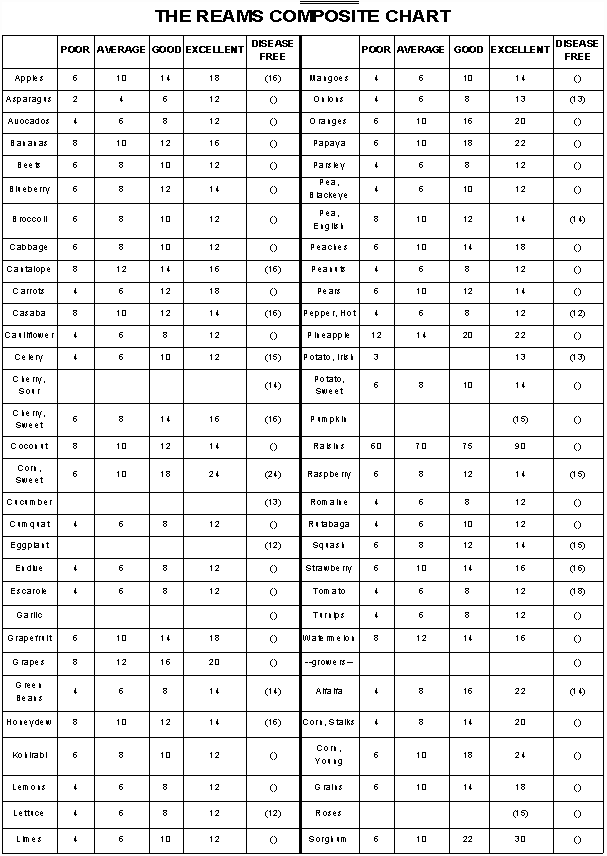Every season we get a lot of comments from customers and CSA members about the taste of the vegetables we offer at the farm stand or deliver in the weekly CSA shares. A few people ask why our vegetables taste so much different than the ones from the store or others they’ve eaten before. My answer is usually a hurried, “We let them ripen on the vine”, or “They get lots of water”, or “that’s a secret”. The truth is there are a lot of factors that make some vegetables taste better than others, but essentially, it’s about the brix. Brix, or Degrees Brix, is essentially the measurement of sugar in a liquid or semi liquid substance. But there is more to it than just sugar content when it comes to great tasting vegetables, it’s about nutrition and balance.
The Benefits of High Brix Vegetables
High brix vegetables are Quality vegetables, it’s that simple. A high brix tomato will have superior flavor, it will hold a longer shelf life, and it will be packed with an abundance of nutrients that are likely missing a lower brix fruit. A tomato plant with a brix number of 10-14 (which is excellent) will stand up to disease and insect pressure on it’s own, when a plant that tests with a lower brix succumbs to the same pressure. A man by the name of Dr. Reams actually developed a chart after years of research that maps out the needed brix numbers to achieve plant immunity from disease and pest pressure. This is a valuable tool for natural growers or certified organic growers who are committed to a chemical free farming philosophy. Below is an example of the Reams Chart:
How Brix Numbers are Measured
So how do you tell if a tomato is going to taste good, how do you measure the Brix number? Brix is measured with a tool called a refractometer. A refractometer uses the light that passes through a semi liquid substance to determine the Brix number. The refractometer measures dissolved solids in plant juice, which includes sucrose and fructose, vitamins and minerals, protein and amino acids. Farmers can use the plant or the fruit to text the brix, a good farmer will want to do both. It works by simply squeezing leaf juice onto the refractometer or juice form the fruit or vegetable. The refractometer looks like a little telescope and to take a reading you just look in the optical end.
light that passes through a semi liquid substance to determine the Brix number. The refractometer measures dissolved solids in plant juice, which includes sucrose and fructose, vitamins and minerals, protein and amino acids. Farmers can use the plant or the fruit to text the brix, a good farmer will want to do both. It works by simply squeezing leaf juice onto the refractometer or juice form the fruit or vegetable. The refractometer looks like a little telescope and to take a reading you just look in the optical end.
So Why Do Some Vegetables Taste Better than Others?
You’ve got the basic idea about Brix, but why do some vegetables have higher brix? How is that accomplished? Great tasting vegetables are that way because they contain the full spectrum of mineral and nutrients that they were intended to. The long term and sustainable way to improve Brix, and thus the taste of the vegetables in your garden, is to improve the health of your organic soil. Available phosphate is critical in for moving brix upward and can be achieved by applying soft rock phosphate. Calcium is another critical element to great tasting nutritious produce. Some vegetables taste better than others because the good ones are closer to fulfilling their genetic potential, God made them to taste good. Many think that getting away from N-P-K synthetic fertilizers is the first step to produce Quality vegetables, and I agree. If you want to grow better tasting, longer shelf life, more nutritious veggies, I recommend starting with a good soil test and working with a biological farming consultant.



0 comments… add one